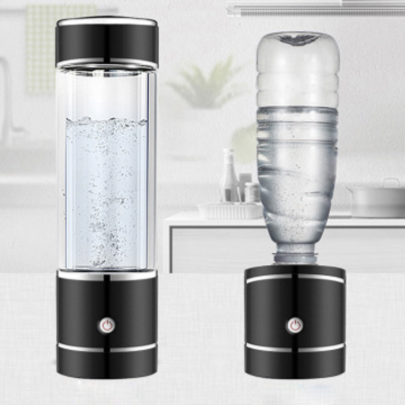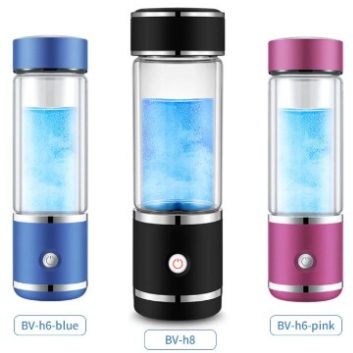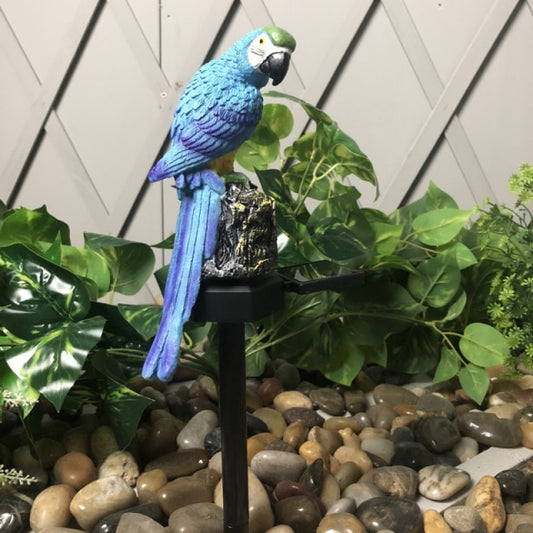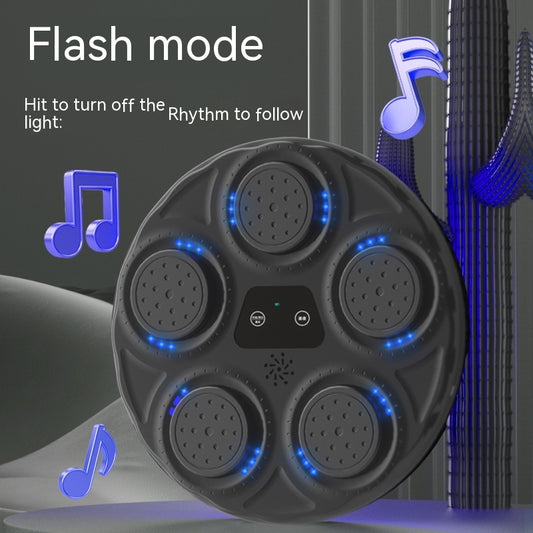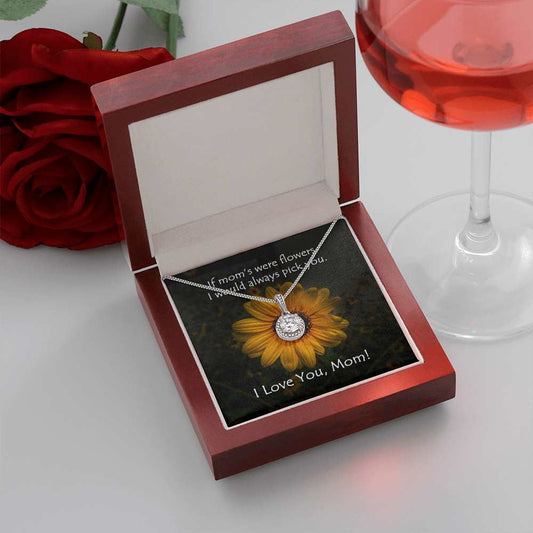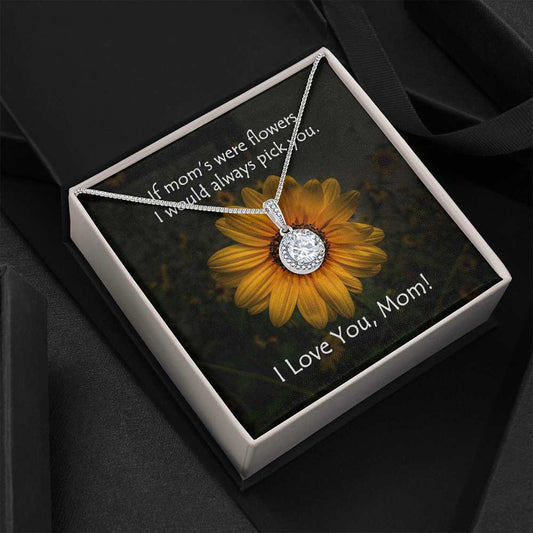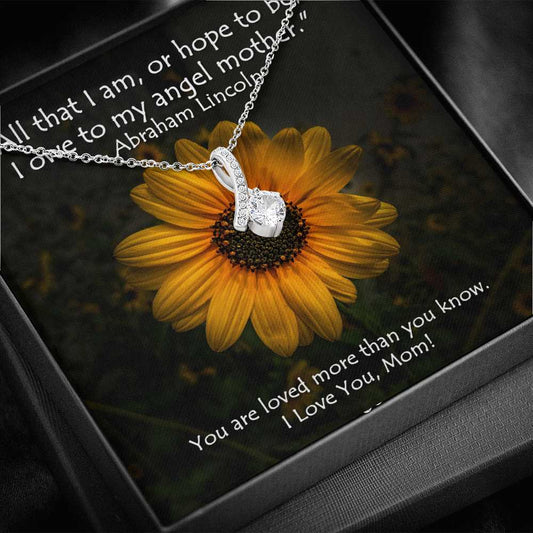Air Fountain System
What is an Air Fountain System?
An air fountain system, which is also known as an atmospheric water generator (AWG). An AWG is a device that generates water by collecting moisture from the air. The system works by drawing in air, cooling it to condense the moisture, and then filtering and collecting the resulting water.
AWGs have gained popularity in recent years as a way to provide clean drinking water in regions where water resources are scarce or contaminated. They are also used in emergency situations, such as natural disasters or conflict zones, where access to safe drinking water is limited.
There are different types of AWGs, ranging from small, portable units for personal use to large-scale systems that can produce hundreds of liters of water per day. The amount of water that can be generated by an AWG depends on several factors, including the humidity and temperature of the air, the size and efficiency of the system, and the amount of electricity or other energy required to run it.

Overall, AWGs can provide a useful solution for regions with limited water resources or for emergency situations, but they are not a comprehensive solution for all water challenges. They also require a reliable source of energy and regular maintenance, and their cost can be a barrier for some communities.
it is possible for someone to build their own atmospheric water generator (AWG), although it may require some technical knowledge and expertise, as well as access to specialized components and materials. There are several DIY guides and tutorials available online that provide instructions and resources for building an AWG, including videos, schematics, and parts lists.

It is important to note that building your own AWG may come with some challenges and limitations, including the need for access to specialized components, the potential for technical difficulties, and the need to ensure the safety and quality of the generated water. If you are interested in building your own AWG, I would recommend carefully researching the process, materials, and safety considerations before starting, and seeking advice from experts or communities of other DIY AWG builders, if possible.
It's important to keep in mind that building an AWG can be a complex and challenging project, and may require access to specialized components, technical expertise, and a thorough understanding of the materials, safety considerations, and quality control measures that are necessary to ensure the safety and quality of the generated water. Before starting a DIY AWG project, I would recommend carefully researching the process, materials, and safety considerations, and seeking advice from experts or communities of other DIY AWG builders, if possible.
If you need help building an Air Fountain system, we have found a provider that has all the instructions needed to build your system easily and with nearly no skills needed.
Atmospheric water generators (AWGs) do not remove water from the atmosphere in a way that would affect precipitation patterns or rainfall levels. AWGs work by condensing moisture from the air to produce drinking water, which is a completely different process from precipitation.
Rainfall and precipitation occur when water vapor in the atmosphere rises, cools, and condenses into clouds. This water then falls back to the surface as rain, snow, sleet, or hail, depending on the temperature and other conditions. The amount of rainfall and precipitation that occurs in a given region is influenced by a variety of factors, including temperature, humidity, wind patterns, and the presence of mountains and other topographical features, and is not directly related to the use of atmospheric water generators.
So while the use of AWGs can have other impacts, such as on energy use, water supplies, and the environment, it is unlikely that they would affect rainfall patterns or precipitation levels in a significant way.
it is possible to connect an atmospheric water generator (AWG) to solar panels in order to reduce its energy consumption. In fact, using renewable energy sources like solar panels is a popular way to power AWGs, particularly in remote or off-grid locations where access to the electrical grid may be limited.
By connecting an AWG to a solar panel system, you can take advantage of the clean, renewable energy produced by the sun to power the unit, reducing its carbon footprint and reducing the cost of operation over time. In some cases, a solar-powered AWG may also be more reliable and efficient, since it can continue to generate water even during power outages or grid disruptions.
It's important to note that connecting an AWG to solar panels may require some technical knowledge and expertise, as well as access to specialized components and equipment, including a solar panel system, battery storage, and an inverter to convert the direct current (DC) energy produced by the panels into the alternating current (AC) energy needed to power the AWG.
Overall, connecting an AWG to solar panels can be a great way to reduce its energy consumption, increase its sustainability and efficiency, and ensure reliable access to clean drinking water, especially in remote or off-grid locations.
Atmospheric water generators (AWGs) can provide a source of drinking water in areas affected by drought, but they are not a comprehensive solution to the complex issue of drought.
AWGs work by condensing moisture from the air to produce drinking water, which can be a useful source of water in areas with limited access to clean drinking water. In some cases, AWGs can also reduce the demand for traditional sources of water, such as ground or surface water, by providing a local source of water that is not dependent on precipitation or other water sources.
However, it is important to keep in mind that AWGs have their own limitations, including the need for energy to power the units, the cost of the units themselves, and the need for maintenance and upkeep over time. In addition, while AWGs can provide a useful source of drinking water, they may not be able to meet all of the water needs of a community or region, especially during a severe drought.
So while AWGs can be a useful tool in addressing the impacts of drought, they are not a comprehensive solution and should be considered as part of a larger strategy that includes water conservation, water management, and the development of alternative water sources, such as desalination, reuse, and recycling. However, knowing that you can build and create your own water during a drought or an apocalyps to save the life of you and your family.
Enjoy Some Of These Favorite Finds ...
-
Full Dragon Handle Boning Knife Set
Vendor:Dragoyle LLCRegular price $144.94 USDRegular price$169.99 USDSale price $144.94 USDSale -
Large-capacity Hand-carved Leather Shoulder Bag
Vendor:Dragoyle LLCRegular price $83.99 USDRegular price -
BEWELL Luxury Vintage Wood Watch
Vendor:Dragoyle LLCRegular price $79.96 USDRegular price$98.99 USDSale price $79.96 USDSale -
High H2 - ORP Hydrogen Ionizer Water Bottle
Vendor:Dragoyle LLCRegular price From $72.92 USDRegular price$89.99 USDSale price From $72.92 USDSale -
Solar Powered Adorable Animal LED Lights
Vendor:Dragoyle LLCRegular price $64.96 USDRegular price -
Electronic Musical Boxing Wall Target
Vendor:Dragoyle LLCRegular price $59.95 USDRegular price -
Silent Turbo High Power Jet Fan
Vendor:Dragoyle LLCRegular price From $59.95 USDRegular price -
Daughter's Smile Alluring Beauty Necklace Earring Set
Vendor:Dragoyle LLCRegular price From $59.95 USDRegular price$139.90 USDSale price From $59.95 USDSale -
Eternal Hope Mom Necklace
Vendor:Dragoyle LLCRegular price From $59.95 USDRegular price$0.00 USDSale price From $59.95 USD -
Mother's Day Ribbon Shaped Pendant Necklace
Vendor:Dragoyle LLCRegular price From $59.95 USDRegular price$79.99 USDSale price From $59.95 USDSale -
Love Promise Interlocking Hearts Necklace
Vendor:Dragoyle LLCRegular price From $49.95 USDRegular price$119.90 USDSale price From $49.95 USDSale -
Daughter Love Knot Necklace
Vendor:Dragoyle LLCRegular price From $49.95 USDRegular price$119.90 USDSale price From $49.95 USDSale
Join The Dragoyle Family
Get 20% OFF your first order when you subscribe.
Get exclusive offers, special discounts and exclusive deals!







